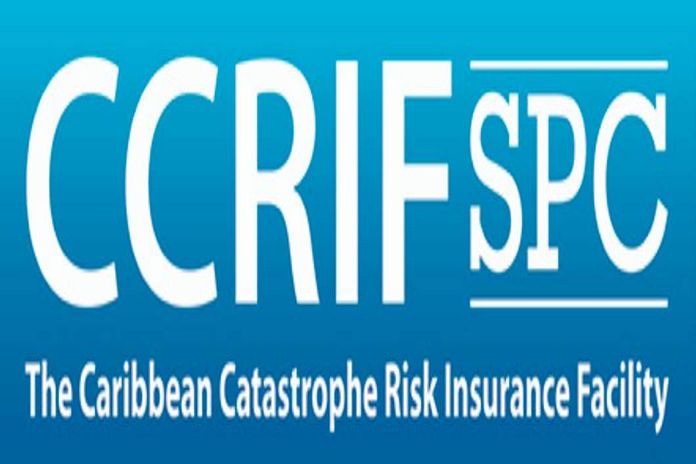GRAND CAYMAN, Cayman Islands – CCRIF SPC made two payouts totalling US$3.4 million to the governments of Antigua and Barbuda and the British Virgin Islands following Tropical Storm Philippe. Philippe made landfall on Antigua and Barbuda on October 2 and passed near the British Virgin Islands on October 4, causing heavy rains and flooding in both countries. CCRIF made payouts on these countries’ parametric insurance policies for Excess Rainfall as follows:
- Antigua and Barbuda: US$2,880,424;
- British Virgin Islands: US$552,297 – this was the BVI’s first payout from CCRIF.
This payout to the government of Antigua and Barbuda was its third payout, having received payouts following Tropical Cyclone Irma in 2017 and an excess rainfall event in 2022. All CCRIF payouts are made within 14 days of the event.
Speaking to each of the two governments about the confirmed payouts, CCRIF chief executive officer, Isaac Anthony reiterated that each country can use its payout to address urgent priorities. Anthony continues to advise all countries in the region that “investment in CCRIF’s catastrophe risk insurance each year is an important part of their comprehensive disaster risk management strategies, as CCRIF payouts help to close the protection gap, reduce budget volatilities associated with exogenous shocks and allow governments to address the country’s most urgent needs. Whilst payouts are often used to address immediate needs after a disaster, governments can also implement activities to increase resilience against future hazard events, build back better and enhance social protection systems to become more shock-responsive”.
These two payouts bring the total CCRIF payouts since its inception in 2007 to US$265 million: CCRIF has made 62 payouts to 17 of its 26 members. Throughout the years, CCRIF member governments have used payouts to address immediate needs post disaster – from providing food, water, and medicines to the most vulnerable, to clearing roads and fixing bridges etc. Payouts have also been used for repairing and improving critical infrastructure such as schools and water treatment plants and supporting sectors such as tourism and agriculture.
CCRIF continues to monitor the hurricane season which, according to Philip Ktotzback from Colorado State University, has now produced 91 named storm days – the 8 most through October 19 on record. CCRIF is watching closely Tropical Storm Tammy which is being forecasted to impact several CCRIF member countries this weekend, including Antigua and Barbuda, Montserrat, St Kitts and Nevis, Anguilla, and St Maarten.
A country’s CCRIF policy is triggered when the modelled loss for a hazard event in that country equals or exceeds the attachment point (similar to a deductible in a traditional insurance contract) selected by the country, which is specified in the policy contract between CCRIF and the country. Unlike traditional indemnity insurance policies, CCRIF’s parametric insurance policies make payments based on the intensity of a natural hazard event (for example, hurricane wind speed, earthquake intensity, or volume of rainfall), the exposure or assets affected by the event, and the amount of loss caused by the event, calculated in a pre-agreed model.
Thus, CCRIF does not need to wait for countries to make claims based on an on-the-ground assessment of loss and damage and can disburse funds quickly to members if their policies are triggered.







